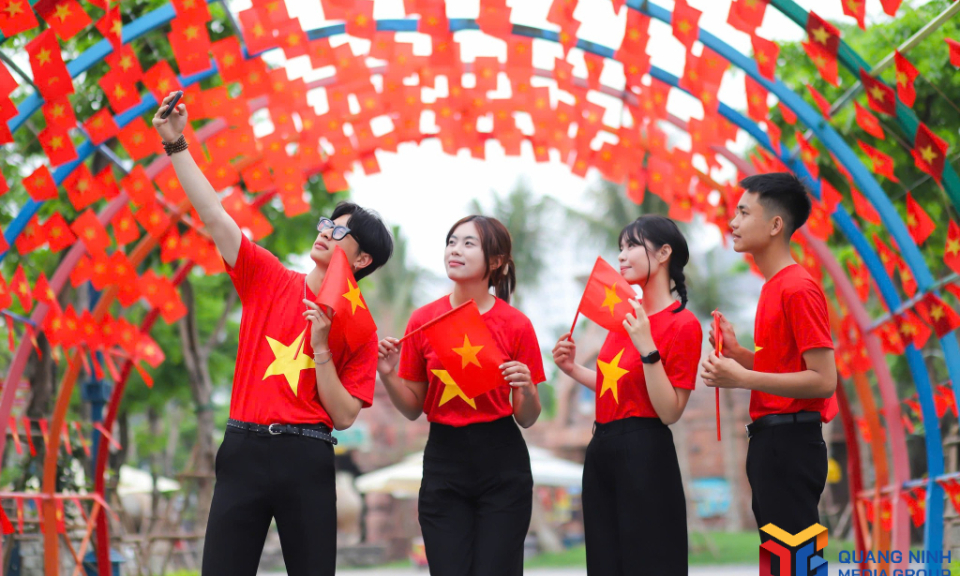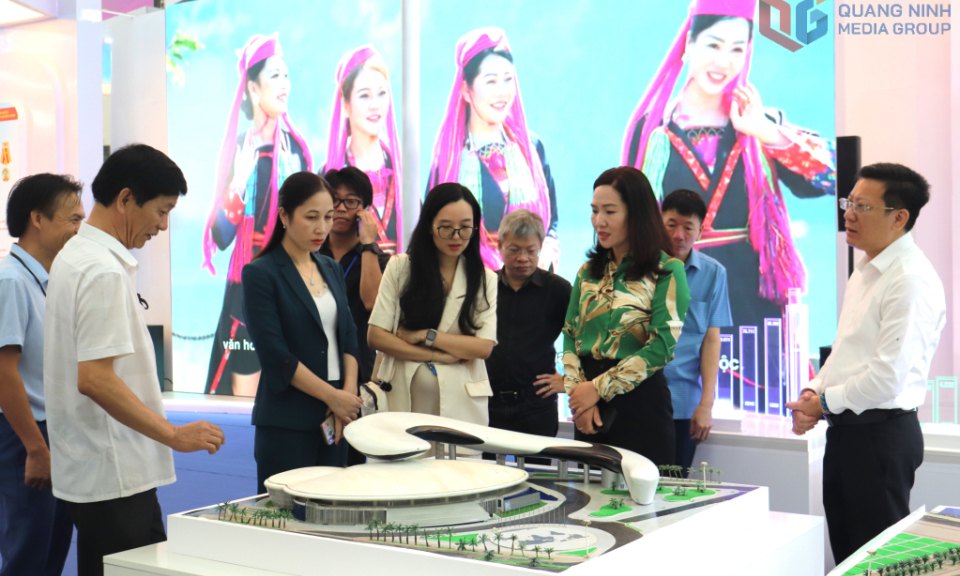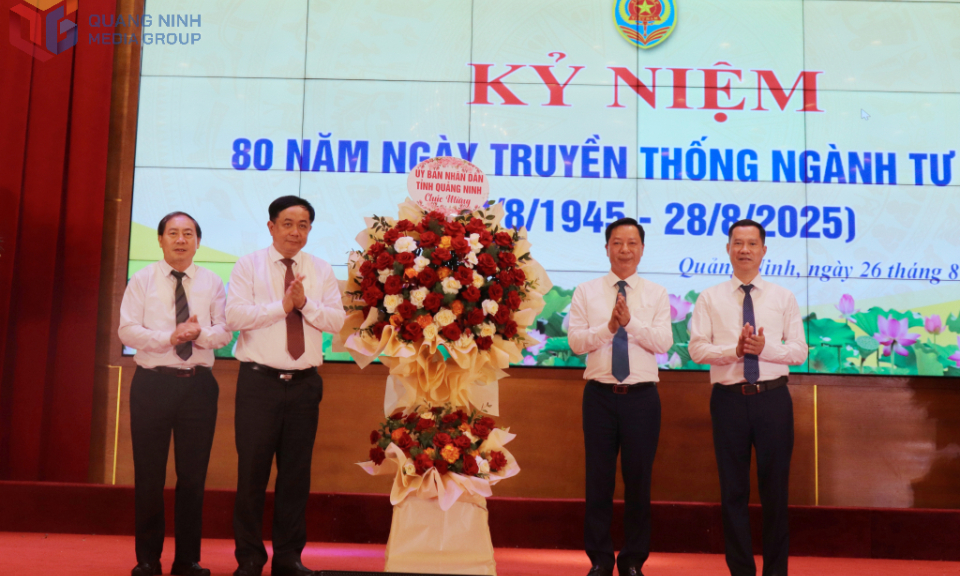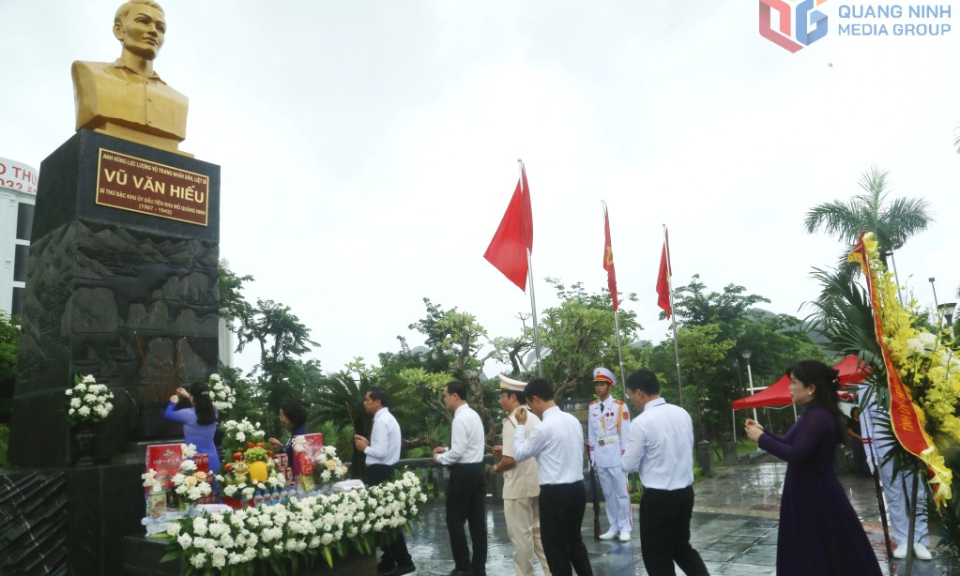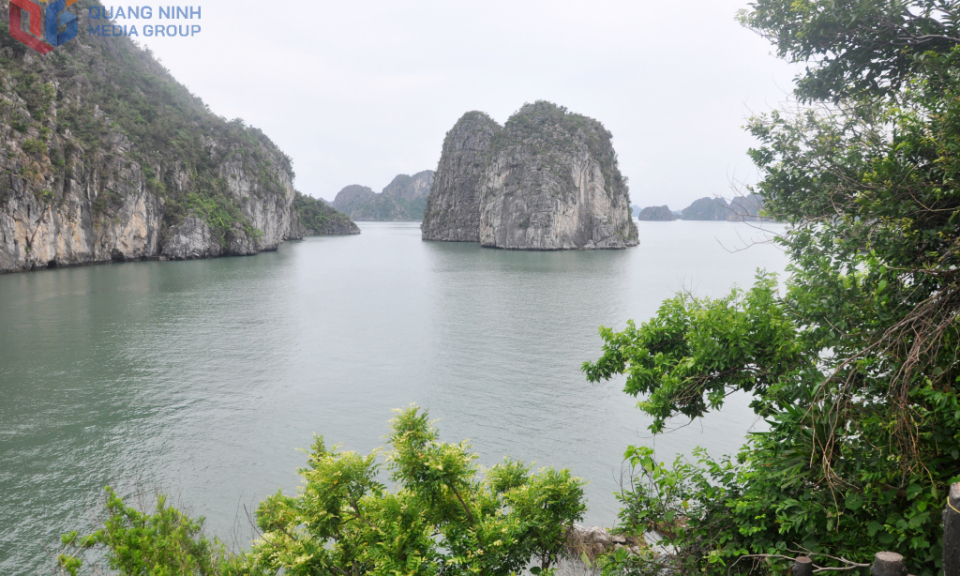A fruitful year thanks to implementation of EVFTA
Despite being a new generation Free Trade Agreement (FTA) with high standards and extensive commitments, one year since its implementation (August 1, 2020 - August 1, 2021), the EU-Vietnam Free Trade Agreement (EVFTA) has brought about fruitful results to many export industries of Vietnam and it is also an FTA best utilised by Vietnamese enterprises.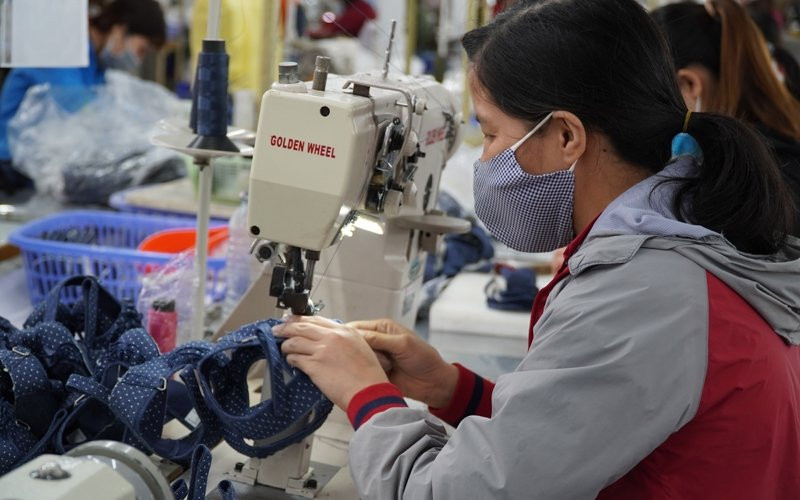
The deal not only generates economic benefits
Rice is among the commodities that have made good use of the incentives from the EVFTA to increase exports. Despite being strongly affected by the COVID-19 pandemic, Vietnam's rice exports to the EU reached US$5.2 million in the first half of this year, up 3.73% over the same period in 2020.
With many incentives regarding tax reduction, the EVFTA is expected to bring greater opportunities to the Vietnamese rice industry in general, and rice exporters in particular, because the EU accepts an export quota of 80,000 tonnes per year for Vietnamese rice with a 0% tax rate. This is a very high volume compared to the quota of 24,000 tonnes before the effectiveness of the EVFTA.
“Despite decades of experience in exporting rice to the EU, Vietnamese rice products were always ranked lower in the EU market, while this market tends to give priority to Cambodian and Thai rice through low tax rates. Therefore, the EVFTA has created a great opportunity for Vietnamese rice to compete with rice from other countries as exports to the EU will increase significantly,” said Pham Thai Binh, general director of Trung An High-tech Farming JSC in Can Tho City.
In fact, after only a few months of coming into force, Trung An exported 5.2 million tonnes of rice to the EU in the first half of this year, surpassing the quotas allowed by this market.
This shows that the company has made good use of EVFTA in both tax incentives and brand promotion, helping spread brand awareness in the market.
According to the Vietnam Trade Office in the EU, Belgium and Luxembourg, the EU issued the Commission Implementing Regulation (EU) 2021/760, amending the old implementation regulations regarding the management of some tariff quotas with licences on rice export quota.
The implementation of new regulations on import tariff quotas for rice originating Vietnam in the EVFTA will take effect from the beginning of 2022.
Accordingly, each year, the EU will import 80,000 tonnes of Vietnamese rice according to tariff quotas, including 30,000 tonnes of husked rice, 20,000 tonnes of unhusked rice and 30,000 tonnes of fragrant rice.
Along with rice, many other Vietnamese products have taken advantage of the EVFTA after just one year of this agreement's being in force.
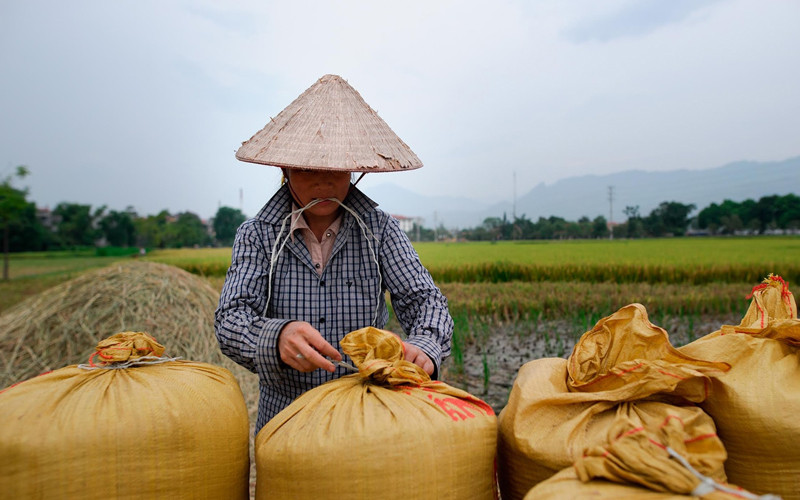
According to the Ministry of Industry and Trade, the rate of taking advantage of tax incentives in EVFTA for exports reached up to 29.09% in the first six months of 2021.
Many key export agricultural and forestry products of Vietnam experienced significant growth compared to the same period in 2019. The export revenue of rubber products reached US$61 million, up 56.91%, and the export revenue of rice posted at US$5.2 million in 2020, up 3.73% compared to 2019.
Meanwhile, the export turnover of rattan, bamboo, sedge and carpet products reached US$70.5 million, up 33.75%, and vegetable and fruits reported export revenue of US$63.8 million, up 12.5% over 2019.
In addition, the footwear industry has also made good use of opportunities from EVFTA. Currently, over 99% of Vietnam's footwear exports to the EU are entitled to incentives under the agreement.
The textile and garment industry which previously faced difficult in meeting the rules of origin under the EVFTA, but it has initially taken advantage of the opportunities from the deal.
Luong Hoang Thai, director of the Multilateral Trade Policy Department (Ministry of Industry and Trade), affirmed that besides trade benefits, Vietnam's participation in EVFTA will provide the country with many opportunities to access a range of potential fields associated with a high level of technology application.
For example, high-tech agriculture is a potential field in which our country can receive the transfer of high-tech solutions in production and processing of agricultural products and food. The EVFTA and EU-Vietnam Investment Protection Agreement (EVIPA) are opportunities for Vietnam to access the EU potential of capital and technology.
In addition, the EVFTA also facilitates long-term trade and investment benefits through institutional reforms. The Government and relevant ministries have so far revised and issued eight new legal documents related to tariffs, agriculture, origin of goods and trade remedies.
Expanding the field of cooperation
That is the initial benefit, and each FTA is also aimed at long-term benefits. Therefore, the first year is considered a rehearsal for the implementation of the agreement in long term.
Luong Hoang Thai affirmed that, in the first year, localities, ministries and sectors have not been able to handle all concerns and barriers encountered by businesses when exporting to the EU market and vice versa.
Based on information from ministries, sectors and localities, the Ministry of Industry and Trade will submit to the Prime Minister to further improve the Government's joint action programme regarding the implementation of the EVFTA.
“In the first stage, we focus on industries that have advantages to export to the EU such as seafood, footwear, textiles and garments, and some agricultural products. But in the long term, it is necessary to focus on industries with development potential such as renewable energy and cars using clean energy. This will be the orientation of the EVFTA implementation programme in the future,” Thai noted.
Recently, at the first meeting of the EVFTA's Trade Committee, the Vietnam Minister of Industry and Trade and the EU Trade Commissioner agreed on working regulations to handle and respond quickly to problems arising in the implementation of the EVFTA, especially barriers to trade and investment of both sides.
One of the problems needing to be addressed amid the complicated developments of the COVID-19 pandemic is how to ensure smooth flow of goods between the two sides, particularly vaccines, medicines, and medical products.
The Vietnamese side, including the Ministry of Health and the Ministry of Industry and Trade, has made strong commitments to handle this issue. With the cooperation of the EU, Vietnam is expected to effectively implement the action plan as issued by the Vietnamese Prime Minister, thereby addressing arising problems amid the pandemic.

